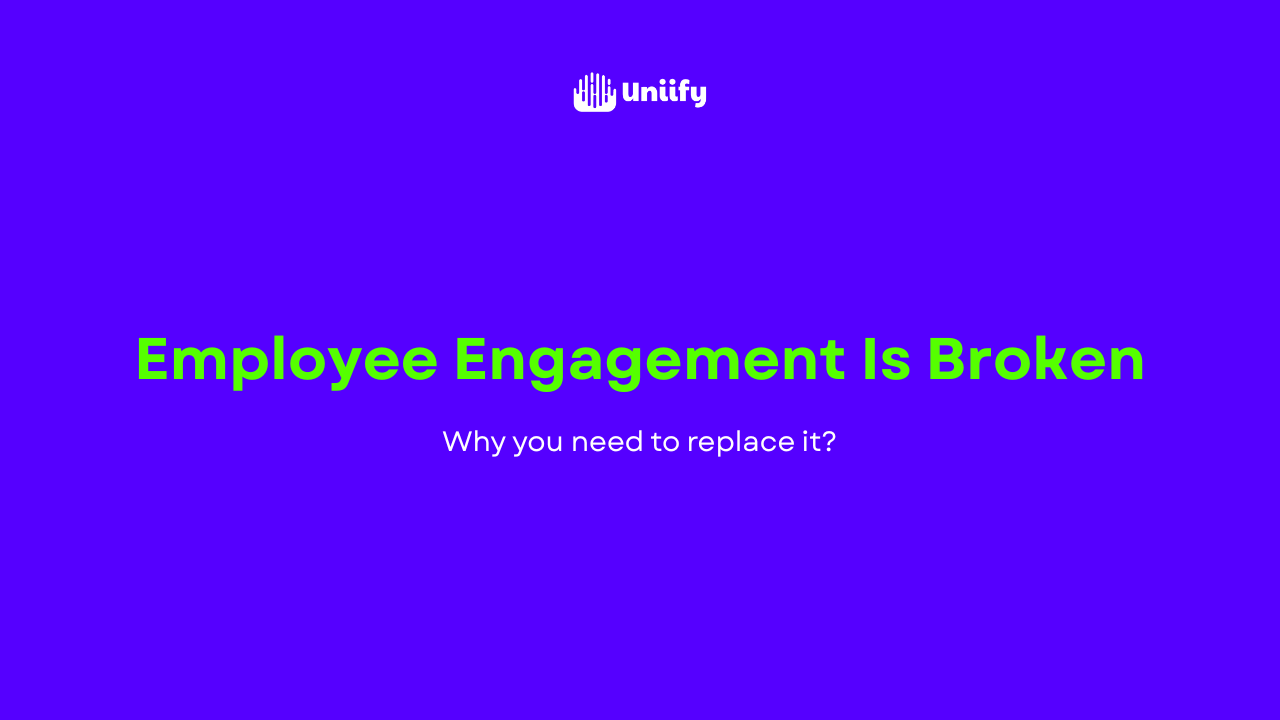Workplaces lose more to silence than to turnover.
Every exit interview, every disengaged survey response, every quiet camera-off meeting — they all point to one thing: somewhere, someone stopped listening. And that silence costs more than resignation letters ever will.
Listening has become the new currency of leadership. Yet, most organizations still treat it as a periodic exercise — a survey, a suggestion box, a feedback form. Real listening doesn’t start with questions. It starts with attention.
Why Silence Hurts Culture
Silence in organizations is rarely neutral.
Sometimes it’s fatigue. Sometimes it’s fear. Most often, it’s self-protection.
When employees stop speaking up, they don’t just hold back opinions — they hold back effort, creativity, and care. A quiet team may look peaceful, but beneath that calm often lies disengagement in disguise.
In a recent conversation, a mid-level manager shared, “I don’t fill those surveys anymore. I used to, but nothing ever changed.” That’s not a lack of interest; that’s learned helplessness.
And once silence spreads, data can’t fix it. Only trust can.
Listening as a Daily Practice
The most progressive organizations have discovered that listening isn’t an event — it’s an ecosystem.
It happens in many small ways:
- A pulse check that takes ten seconds.
- A manager noticing the drop in tone during a check-in.
- A system that captures how teams feel in real time, not just what they report later.
These micro-listening loops replace the need for grand campaigns. They create a rhythm of empathy — a sense among employees that “someone’s paying attention.”
Listening is not about collecting answers. It’s about signaling care.
The ROI of Being Heard
When employees feel heard, engagement follows naturally.
Turnover drops. Collaboration strengthens. Even productivity metrics quietly improve — not because people are being watched, but because they’re being understood.
Companies often ask, “What’s the ROI of listening?” The better question is, “What’s the cost of not listening?”
Silence leads to:
- Hidden attrition: people who stay but disengage.
- Slow innovation: teams too cautious to speak their truth.
- Cultural drift: values that look good on walls but vanish in meetings.
Listening, on the other hand, compounds. Each time an employee feels heard, it deposits trust back into the culture bank.
How HR Can Operationalize Listening
For HR leaders, building a listening culture means shifting from annual measurement to everyday sensing.
Practical steps:
- Replace long surveys with short emotional check-ins.
- Ask “How are you feeling about work this week?” instead of “How satisfied are you with your role?”
- Close the feedback loop quickly.
- Respond visibly to what you hear. Even a small change signals action.
- Train managers to listen between the lines.
- Silence in a meeting, hesitation in tone, or a skipped camera tells more than words.
- Use technology that amplifies empathy, not replaces it.
- Platforms like Uniify can sense sentiment shifts and alert leaders early, helping them act before issues become exits.
Listening becomes powerful when it’s predictable — when employees know that speaking up leads somewhere.
The Uniify Perspective
At Uniify, we believe listening is the foundation of Everyday EX.
Our platform helps organizations move beyond static surveys to create living feedback loops — where employee voice becomes part of daily rhythm, not a quarterly ritual.
Because listening isn’t a feature. It’s a philosophy.
Human Signature
Workplaces that listen well don’t just retain people — they retain purpose.
In Essence
- Silence is not absence; it’s a signal waiting to be heard.
- Listening builds the emotional infrastructure for trust.
- HR must move from measurement to real-time sensing.
- Technology can help leaders act on what matters — before silence settles.
That’s why we built Uniify — to make Everyday EX real, measurable, and human.








